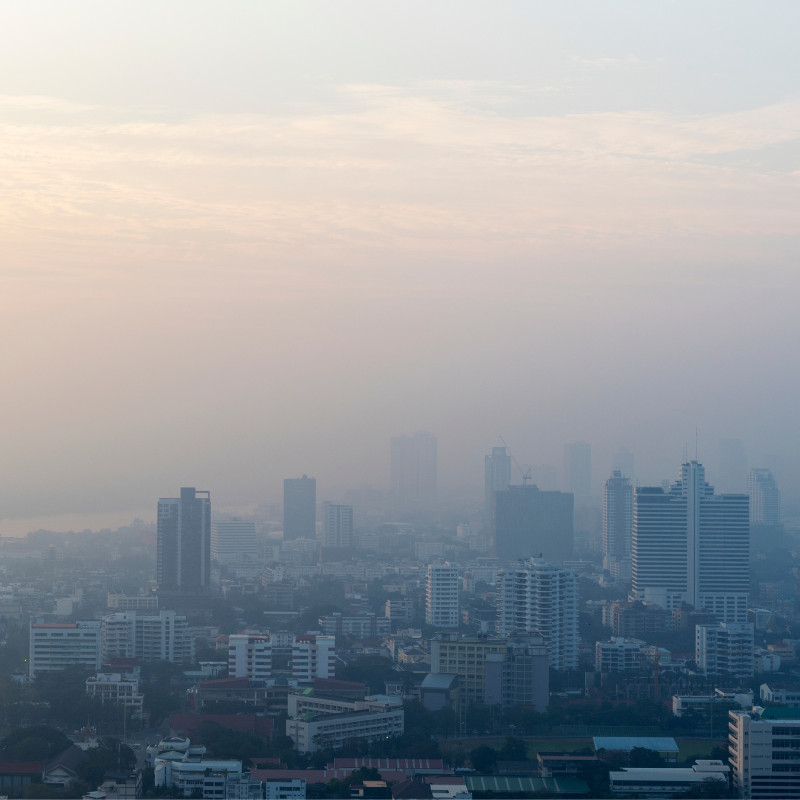The development of microbiome-friendly cosmetics, that do not alter the composition of the skin microbiota, or microbiome booster cosmetics that re-establish the normal microbial balance in a dysbiosis is an increasing interest in the cosmetic industry.
The skin is a complex ecosystem where a wide variety of microbial communities coexist and interact to each other in a complex balance. The microbial composition of the skin is directly related to the skin health; some commensal bacterial species of the skin are involved in preventing colonization from pathogenic microbial species, and also produce exoenzymes that metabolize compounds involved in the skin homeostasis.
In Bionos, they use the next generation sequencing (NGS) approach and sequence the microbial DNA enabling the identification of the microbial communities present in a sample (skin, scalp, etc). Samples of the skin microbiota are taken, and DNA is extracted by a protocol developed by Bionos Biotech S.L. The DNA is used as template to amplify 7 hypervariable regions of the bacterial rRNA gene and used to construct the genomic libraries. The resulting libraries are pooled, templated in an Ion 530™ chip by using the Ion Chef™ instrument, and sequenced by the Ion S5 plus™. The resulting reads are then classified into the lowest taxonomic range possible, and statistically analyzed.
The microbiome analysis of the skin enables them determine the microbial composition of the skin in an accurate, reproducible and unbiased manner. This allows them to evaluate the effect of a product in the microbial communities of the skin, and determine whether the product affects the skin microbiota, the individual species present in our skin, or even if it has a microbiome booster effect by reestablishing the normal skin microbiota in a pathological condition associated with an imbalance of the microbial communities inhabiting the skin.
Their workflow not only determines the changes in the composition of the skin microbiota in response to a cosmetic treatment, but also evaluates the changes in the biodiversity of the microbial communities inhabiting the skin. In this regard, they can accurately analyze the effect of a cosmetic product in the richness (total number of species) and evenness (abundance distribution across species) of the microbiota, factors that are directly associated with the skin health. Most importantly, they can also evaluate the effect of a cosmetic product in the presence of potentially pathogenic species in volunteers, by specifically studying species that have been potentially associated with skin disorders.
The development of this workflow allows Bionos Biotech to evaluate the effect of cosmetic products in the skin microbiota in an accurate and reproducible way, and to analyze their effect in the potentially harmful microbial species.
CONTACT
Nicolás Vidal Kok
Business Development






